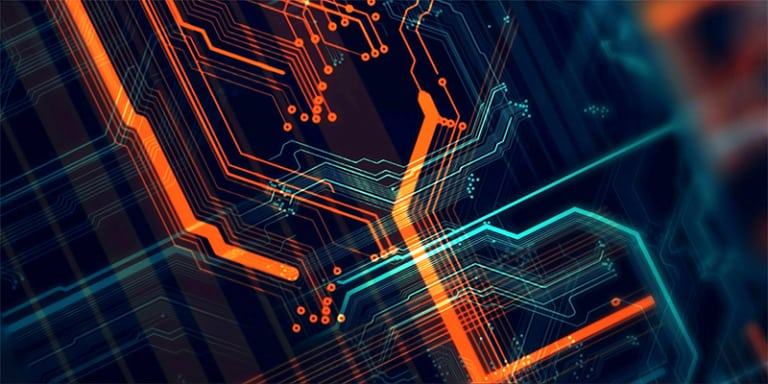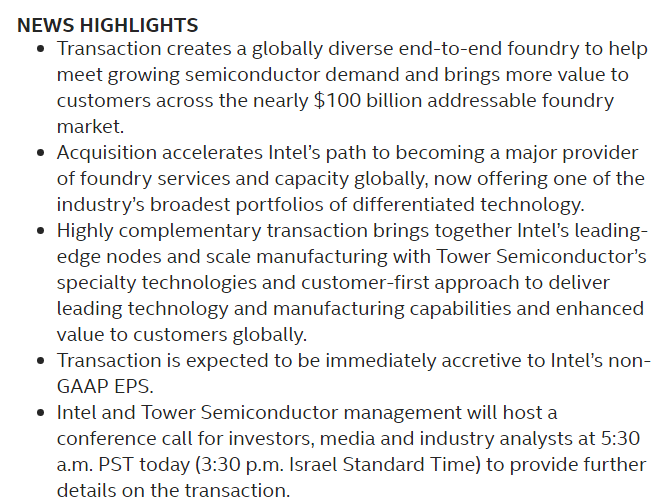erek
[H]F Junkie
- Joined
- Dec 19, 2005
- Messages
- 10,894
Interesting
“This remarkable doubling has occurred since Moore’s law was first postulated in 1965 and has brought us mobile phones with vastly more computing power than was available on the entire planet six decades ago.
However, the atomic nature of matter and the laws of physics mean that transistors cannot keep shrinking forever; and researchers are currently looking for new ways of boosting computing power, without having to pack evermore silicon devices onto chips.
To explore what lies beyond the era of Moore’s law, IOP Publishing is presenting a webinar called “More than Moore”, which will look at some of the technologies that could play roles in the computers of the future.”

Source: https://physicsworld.com/a/more-than-moore-a-glimpse-at-the-future-of-computing/
“This remarkable doubling has occurred since Moore’s law was first postulated in 1965 and has brought us mobile phones with vastly more computing power than was available on the entire planet six decades ago.
However, the atomic nature of matter and the laws of physics mean that transistors cannot keep shrinking forever; and researchers are currently looking for new ways of boosting computing power, without having to pack evermore silicon devices onto chips.
To explore what lies beyond the era of Moore’s law, IOP Publishing is presenting a webinar called “More than Moore”, which will look at some of the technologies that could play roles in the computers of the future.”

Source: https://physicsworld.com/a/more-than-moore-a-glimpse-at-the-future-of-computing/
![[H]ard|Forum](/styles/hardforum/xenforo/logo_dark.png)
